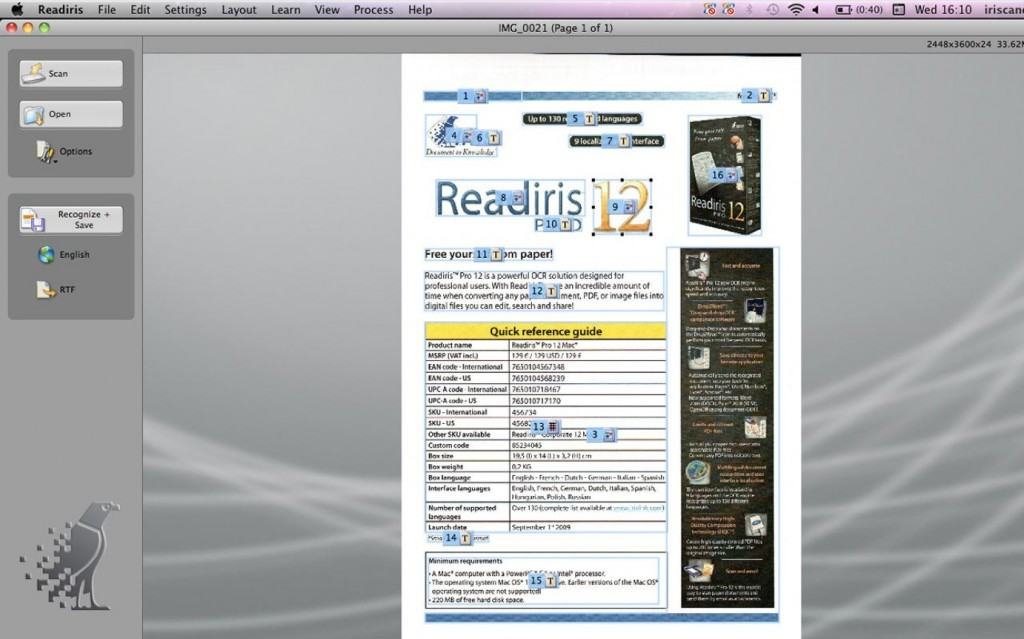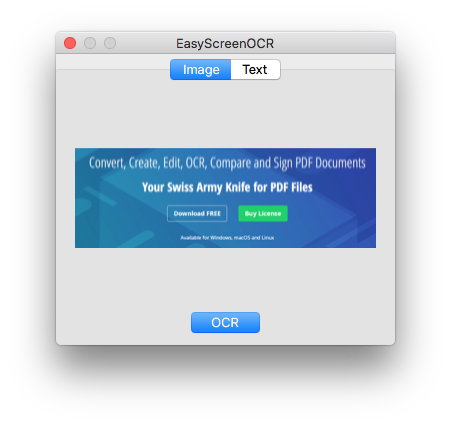

OCR is a crucial component of DMS and offers the following advantages: The importance of OCR for document management: Then, certain words or phrases may be readily searched inside that file. Post-processing: The final data is cleaned up and error-free using noise reduction and other technologies.Ī new text file is produced after the operation.Classification: for categorizing characters, pattern-recognition and feature-detection algorithms are utilized.Extraction of features: Text characters are recognized and extracted from images, often by identifying areas of contrast between bright and dark areas.Segmentation: The digital image is divided into smaller, logical segments for more straightforward processing.Preprocessing teaches OCR software how to identify specific characters in picture data.Image capture: A digital image file is created by scanning the original paper document.Many technologies are used during the six-step optical character recognition process.

The original document’s letters, phrases, and sentences must be recognized and extracted using OCR software to convert the scanned file into a text file that you can organize and conveniently searchable. Even if you scanned a text-based document, the resulting file is an image file (usually in PDF format). OCR technology is frequently used in the workplace to convert paper documents into digital files. The objective is to locate and extract any relevant text included in the photos. You may apply OCR to picture files in many different file types, such as PDF, JPG, and PNG. OCR, or optical character recognition, is a range of technologies that work together to identify text included inside digital picture files. What is OCR, and How Does OCR Technology Work?


 0 kommentar(er)
0 kommentar(er)
